Lyft vehicle inspection ensures safety and compliance. Find the form on your state’s information page, have it inspected by a licensed mechanic, and upload it via the Lyft Driver app.
1.1 Overview of Lyft Vehicle Inspection Requirements
Lyft vehicle inspection requirements ensure safety and compliance with platform standards. Drivers must complete an inspection using the Lyft Vehicle Inspection Form PDF, which is available on state-specific pages. A licensed mechanic must inspect the vehicle, focusing on critical systems like brakes, tires, and lights. The form verifies the vehicle’s condition and eligibility. Once completed, drivers upload the form to the Lyft Driver app. Requirements vary by state, with some cities having additional regulations. Vehicles must meet age and type criteria, with certain types like taxis and stretch limousines excluded. Regular inspections are necessary to maintain compliance and driving eligibility on the platform.
1.2 Importance of the Lyft Vehicle Inspection Form
The Lyft Vehicle Inspection Form PDF is essential for ensuring vehicle safety and compliance with Lyft’s standards. It serves as proof that a vehicle meets the necessary requirements to operate on the platform. The form must be completed by a licensed mechanic, verifying the condition of critical systems like brakes, tires, and lights. This process ensures driver and passenger safety, as well as compliance with local regulations. The form is also required for driver approval and must be uploaded to the Lyft Driver app. Its completion is a critical step in maintaining eligibility to drive on the Lyft platform and ensuring a smooth inspection process.
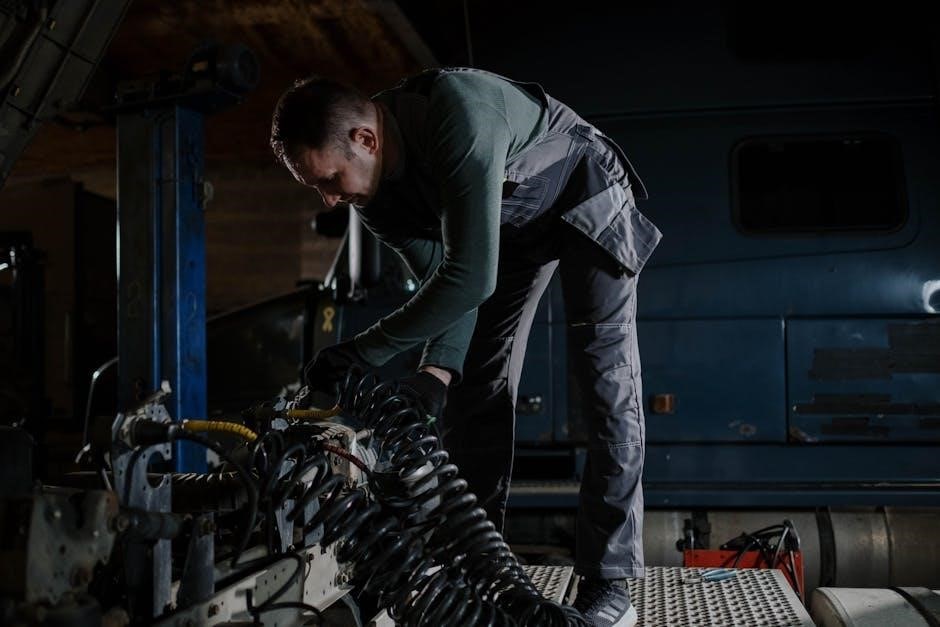
How to Obtain the Lyft Vehicle Inspection Form
Access the Lyft Vehicle Inspection Form PDF on your state’s information page. Have it inspected by a licensed mechanic and upload the completed form via the Lyft Driver app for approval.
2.1 Where to Find the Lyft Vehicle Inspection Form PDF
The Lyft Vehicle Inspection Form PDF can be found on your state’s specific information page. Visit the official Lyft website, navigate to your state’s driver requirements section, and download the form. Additionally, some cities provide their own versions of the form, such as Bloomington, which requires printing and completing it with an ASE-certified mechanic. Ensure you check both state and city regulations for the correct form. Once downloaded, fill it out and have it inspected by a licensed mechanic before uploading it to the Lyft Driver app or Dashboard for approval.
2.2 Steps to Download the Lyft Vehicle Inspection Form
To download the Lyft Vehicle Inspection Form, visit the official Lyft website and navigate to your state’s specific driver requirements page. Click on the link provided for vehicle inspection forms. Depending on your location, you may need to select your city or region to access the correct form. For example, drivers in Bloomington must print a specific form for their inspections. Once you’ve located the form, download it as a PDF. Ensure you have the latest version by checking the date or version number on the document. Some states may also offer the form directly through the Lyft Driver app or Dashboard.
Vehicle Inspection Requirements
Lyft requires vehicles to pass inspections by licensed mechanics. Taxis and stretch limousines are excluded. Forms must be uploaded to the Lyft Driver app for approval.
3.1 What to Expect During a Lyft Vehicle Inspection
A Lyft vehicle inspection is conducted by a licensed mechanic to ensure your vehicle meets safety and regulatory standards. The inspection typically covers essential components such as tires, brakes, lights, and overall vehicle condition. The mechanic will check for any damage or wear that could pose a safety risk. Once the inspection is complete, the mechanic will fill out the Lyft vehicle inspection form, which you must then upload to the Lyft Driver app. This process ensures your vehicle is roadworthy and compliant with Lyft’s requirements, helping to maintain a safe riding experience for passengers.
3.2 Role of a Licensed Mechanic in the Inspection Process
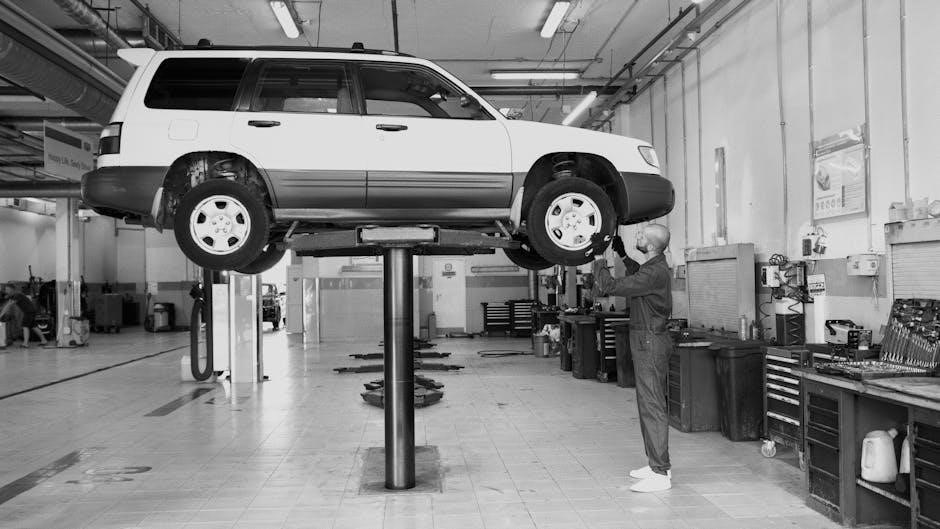
A licensed mechanic plays a crucial role in the Lyft vehicle inspection process by evaluating your vehicle’s safety and condition. They inspect critical components such as brakes, tires, lights, and suspension to ensure compliance with Lyft’s standards. The mechanic will identify any issues that could pose a safety risk and document their findings on the Lyft vehicle inspection form. Once the inspection is complete, the mechanic certifies the vehicle as roadworthy, and you can proceed to upload the form to the Lyft Driver app. Their expertise ensures the inspection is thorough and meets all regulatory requirements, maintaining safety for both drivers and passengers.
Completing the Lyft Vehicle Inspection Form
Completing the Lyft vehicle inspection form requires accuracy and attention to detail. Ensure all sections are filled correctly and certified by a licensed mechanic before uploading via the Lyft Driver app.
4.1 Step-by-Step Guide to Filling Out the Form
Start by downloading the Lyft vehicle inspection form PDF from your state’s information page. Fill in your personal and vehicle details accurately. Next, take the form to a licensed mechanic for a thorough inspection. Ensure the mechanic checks all required components, such as brakes, tires, and lights. After the inspection, the mechanic will certify the form by signing and dating it. Review the form for completeness and accuracy before uploading it to the Lyft Driver app. Make sure all sections are filled out correctly to avoid delays in the approval process. Proper completion ensures compliance with Lyft’s safety standards.
4.2 Required Documents for the Inspection Process
To complete the Lyft vehicle inspection, ensure you have the necessary documents. Bring the downloaded Lyft vehicle inspection form PDF, your vehicle registration, and proof of insurance. A licensed mechanic will inspect your vehicle and certify the form. Additional documents may be required based on state-specific regulations. Make sure all paperwork is up-to-date and matches the information on your Lyft profile. Proper documentation ensures a smooth inspection process and compliance with Lyft’s safety standards. Failure to provide required documents may delay approval. Always verify local requirements to avoid missing any necessary paperwork.
Uploading the Completed Inspection Form
After completing the inspection, take a clear photo of the form and upload it through the Lyft Driver app to ensure proper approval.
5.1 How to Upload the Form to the Lyft Driver App

To upload the completed inspection form, open the Lyft Driver app and navigate to the “Vehicle” or “Documents” section. Select the option to upload documents and choose the inspection form from your device. Ensure the form is clear and fully visible. Once uploaded, the app will review the document for approval. If approved, your vehicle will be verified, and you can start driving. For assistance, refer to your state-specific information page or contact Lyft support if issues arise during the upload process.
5.2 Troubleshooting Common Upload Issues
If you encounter issues uploading the inspection form, ensure the file is in the correct format (PDF) and within the size limit. Check your internet connection and verify that the Lyft Driver app is updated to the latest version. If the form is blurry or incomplete, retake a clear photo and retry. For persistent issues, restart the app or contact Lyft support for assistance. Ensure all fields are filled correctly to avoid rejection. If the app still doesn’t accept the form, refer to your state’s information page for additional guidance or troubleshooting steps.
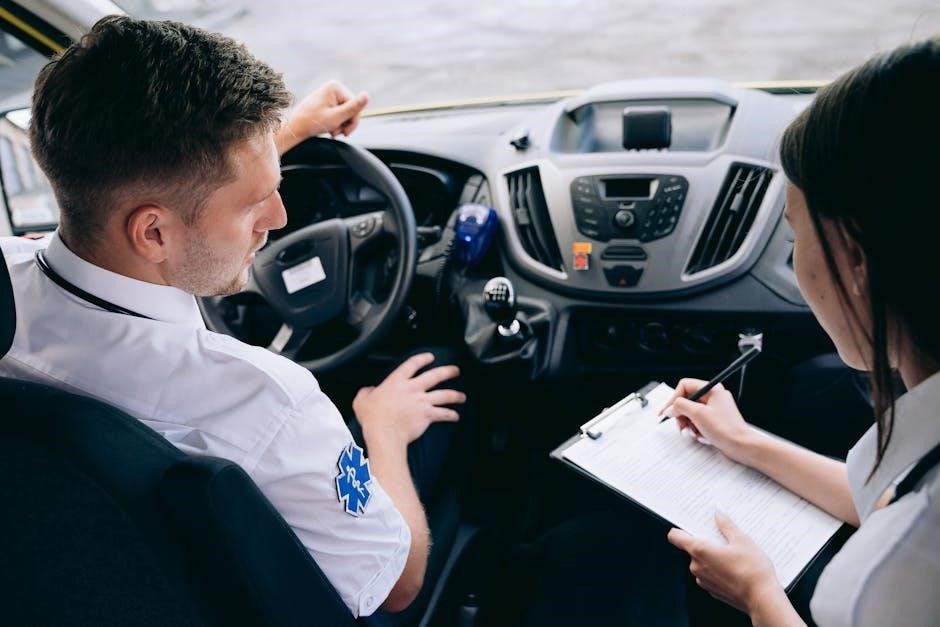
Vehicle Eligibility Criteria
Lyft requires vehicles to meet specific age, type, and condition standards. Taxis and stretch limousines are excluded. Ensure your vehicle is a 4-door model and meets local regulations.
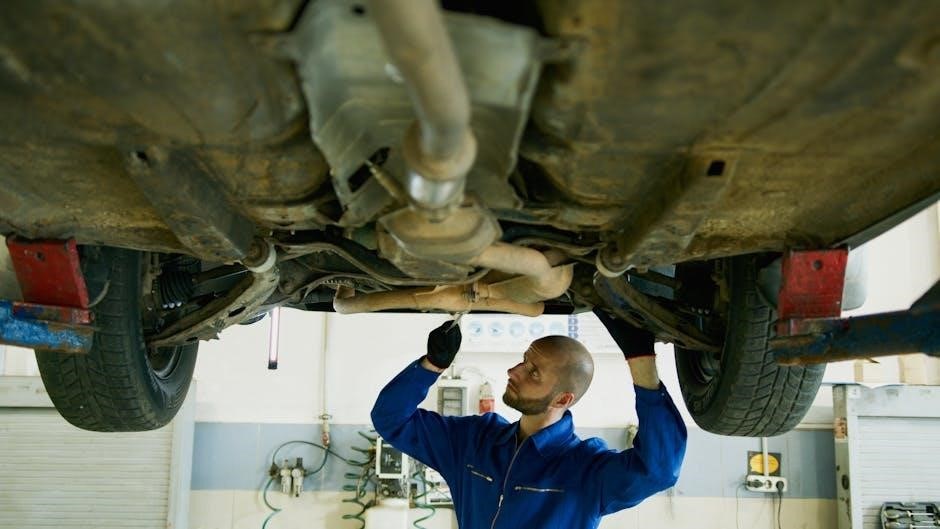
6.1 Age and Type of Vehicle Accepted by Lyft
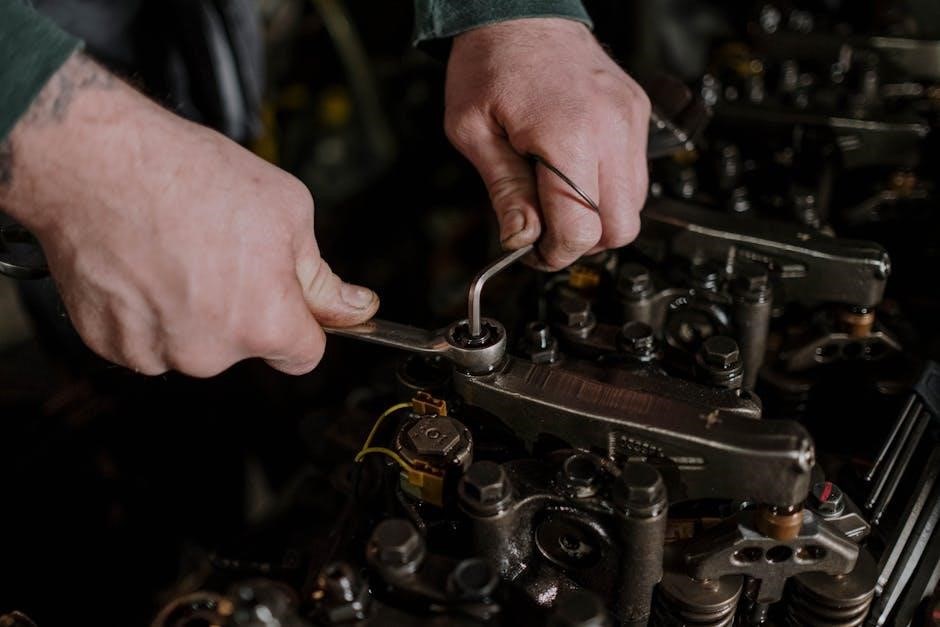
Lyft has specific criteria for vehicle eligibility, focusing on age and type. Starting January 1, 2026, vehicle age requirements will change in select regions to align with Lyft and local regulations. Generally, vehicles must be in good condition and meet safety standards. Lyft typically accepts 4-door vehicles, excluding taxis, stretch limousines, and certain specialized vehicles. The age restriction varies by location but often ranges between 10 to 15 years, depending on the region. Drivers must ensure their vehicle meets these criteria before applying. Checking state-specific requirements is essential, as some areas may have additional restrictions or exceptions.

6.2 Exclusions for Certain Vehicle Types
Lyft excludes specific vehicle types to ensure safety and regulatory compliance. Taxis, stretch limousines, and salvage vehicles are not approved for use on the platform. Additionally, certain modified or specialized vehicles may be restricted. The Lyft vehicle inspection form PDF must be completed by a licensed mechanic, ensuring the vehicle meets safety standards. Drivers should verify their vehicle type meets Lyft’s requirements before applying. Exclusions vary by region, so checking state-specific guidelines is crucial. For example, Bloomington requires inspections by ASE-certified mechanics, further emphasizing the need to adhere to local regulations. Non-compliant vehicles will not be approved, ensuring passenger safety remains a priority.
State-Specific Requirements
State-specific requirements for Lyft vehicle inspections vary by location. Bloomington requires ASE-certified mechanics, while Nevada has specific documentation needs for driver approval to ensure compliance.
7.1 Variations in Inspection Requirements by State
Vehicle inspection requirements for Lyft drivers vary significantly by state. For example, in Bloomington, drivers must use an ASE-certified mechanic, while Nevada has specific documentation demands. Each state tailors its inspection process to local regulations, ensuring compliance with safety and legal standards. Some regions may require additional forms or certifications, while others have stricter vehicle age limits. Starting January 1, 2026, select areas will enforce updated vehicle age requirements to align with Lyft and local laws. Drivers must visit their state’s information page to access the correct inspection form and understand region-specific rules before scheduling an inspection.
7.2 City-Specific Regulations and Forms
City-specific regulations for Lyft vehicle inspections add another layer of compliance. For instance, drivers in Bloomington must use a specific form and have their vehicles inspected by an ASE-certified mechanic. Similarly, cities like Las Vegas or Reno may have unique requirements tied to local ordinances. Some cities may require additional documentation or certifications beyond the standard inspection form. It’s essential for drivers to check their city’s page on Lyft’s website to download the correct form and understand local rules. Failure to adhere to city-specific regulations can delay approval or result in non-compliance issues. Always verify requirements before scheduling an inspection.
Maintaining Compliance with Lyft Policies
Regular vehicle inspections and updates are crucial for maintaining compliance with Lyft policies. Always check state and city guidelines to ensure your vehicle meets all requirements. Non-compliance can lead to delays or penalties.
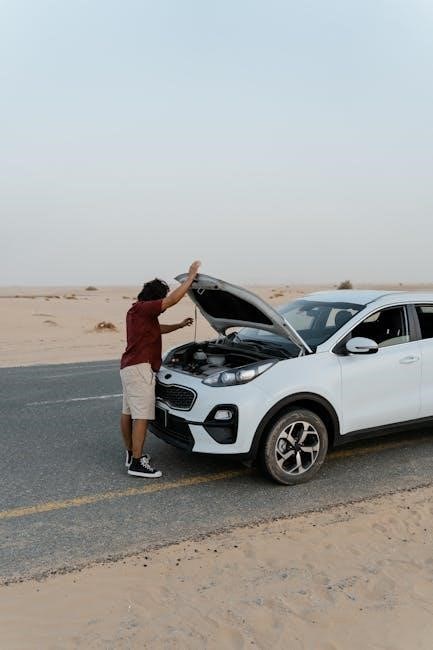
8.1 Regular Vehicle Inspections and Updates
Regular vehicle inspections are essential to maintain compliance with Lyft’s safety standards. Drivers must ensure their vehicles meet all state and city-specific requirements, which may vary. After completing the initial inspection, updates are required periodically to confirm ongoing compliance. Licensed mechanics play a key role in verifying vehicle condition and completing the Lyft Vehicle Inspection Form. Failure to keep inspections up to date can result in delays or penalties. Always check your state’s guidelines for specific timelines and requirements. Keeping your vehicle inspection current ensures smooth operation and avoids potential issues with Lyft’s approval process.
8.2 Consequences of Non-Compliance
Non-compliance with Lyft’s vehicle inspection requirements can lead to serious consequences. Failure to complete inspections or submit the required form may result in delays in approval or penalties. Repeated non-compliance can lead to account deactivation or loss of driving privileges. Lyft reserves the right to remove drivers who do not meet safety and regulatory standards. Additionally, driving without proper inspection documentation can result in legal issues, as it violates state and local regulations. Staying compliant ensures uninterrupted access to the platform and avoids potential financial or legal repercussions. Drivers must prioritize regular inspections to maintain their eligibility and avoid these consequences.
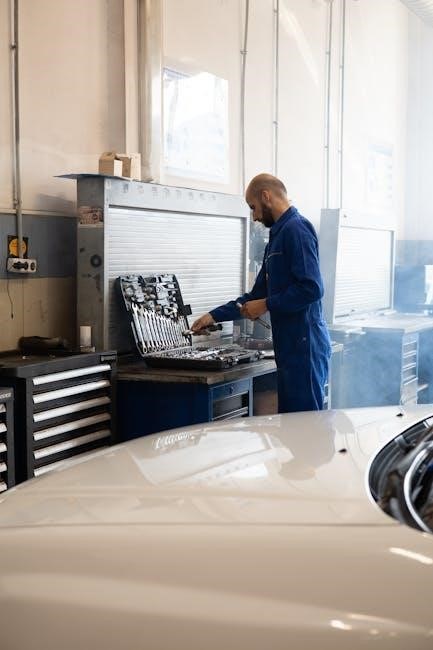
Conclusion
Lyft vehicle inspection ensures safety and regulatory compliance. Properly completing and submitting the form is crucial for maintaining driving privileges and avoiding penalties. Stay informed and compliant.
9.1 Summary of Key Points
The Lyft vehicle inspection form ensures compliance with safety and regulatory standards. It must be completed by a licensed mechanic and uploaded to the Lyft Driver app. Vehicle eligibility varies by state, with specific exclusions for certain types like taxis. Starting January 1, 2026, vehicle age requirements will change in select regions. Drivers must meet age and document requirements, and regular inspections are necessary to maintain compliance. Failure to comply may result in penalties or loss of driving privileges. Staying informed about state-specific regulations and deadlines is crucial for a smooth inspection process and continued eligibility to drive with Lyft.
9.2 Final Tips for a Smooth Inspection Process
For a seamless Lyft vehicle inspection, ensure your car meets state-specific requirements before scheduling. Use the Lyft Driver app to find certified mechanics and download the correct inspection form. Double-check that all sections are filled out accurately and sign the document. Upload the completed form promptly to avoid delays. Regularly review Lyft’s updated policies, especially vehicle age requirements, to stay compliant. Keep your inspection form organized and easily accessible for future reference. By following these steps, you can ensure a hassle-free inspection process and maintain eligibility to drive with Lyft.

